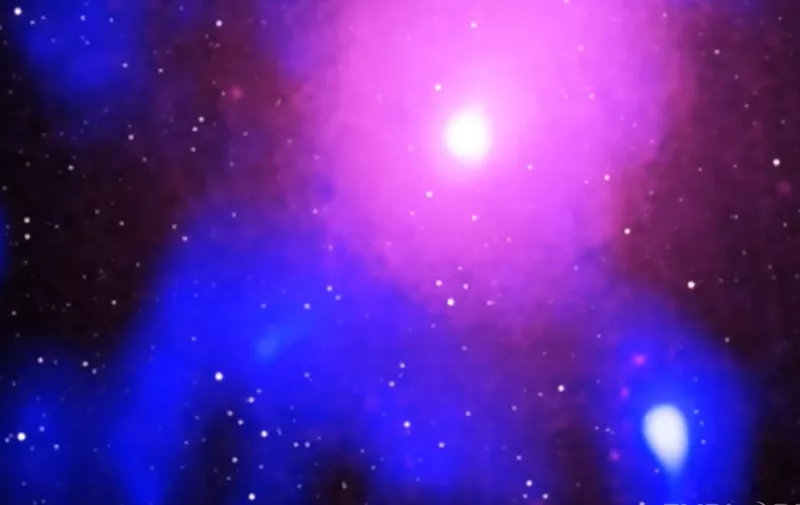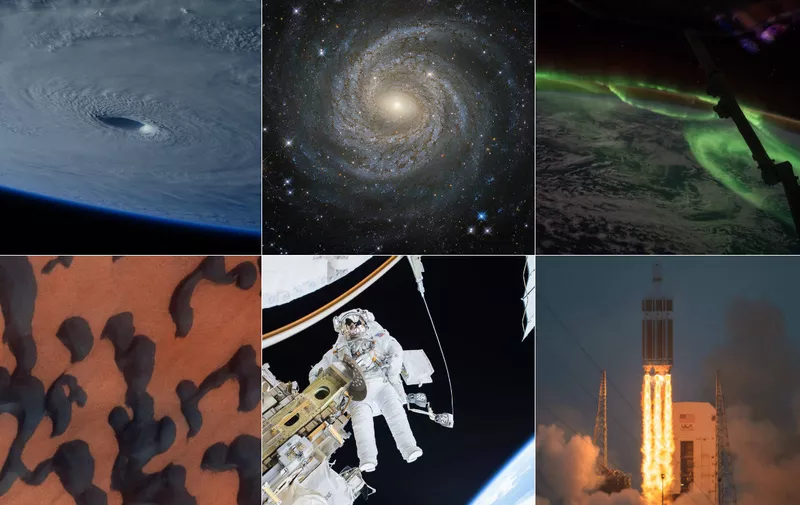Zbog ovih 17 fotografija s NASA-inog Instagrama mogli biste se osjećati još manje nego inače
Zahvaljujući društvenim mrežama možemo doživjeti svemir bolje nego ikad

NASA već neko vrijeme putem društvenih mreža privlači pažnju zanimljivim i impresivnim fotografijama svemira. Na njenom Instagram profilu nalazi se popriličan broj broj fotografija koje dočaravaju izgled pojedinih planeta i svemirskih prostranstava.
Astronauti poput Scotta Kellya ili Tima Peaka također su putem svojih Instagram i Twitter profila doprinijeli tome, a osim fotografija ovaj dvojac objavljivao je zanimljive video uratke s Međunarodne svemirske postaje.
Mnogi zaljubljenici u svemir zahvaljujući društvenim mrežama mogu uživati u fotografijama napravljenim u svemiru, a The Mic donosi pregled nekih od najzanimljivijh NASA-inih Instagram objava.



